It’s probably pretty obvious that not all golf club fitting sessions are created equally.
The 20 minute session at your local Golf Galaxy for instance, probably won’t lend the same level of confidence in the results as a more dedicated boutique fitting shop.
But I had no idea how true this was until I spent an afternoon recently getting fit for new clubs at True Spec Golf.
To put it simply, getting fit at True Spec was probably the most educational 3 hours on golf clubs I’ve ever had.
Not to mention the fact that after all was said and done, I had complete confidence that the clubs I was fit for were the right ones for me and my game.
So what’s a fitting at True Spec like? Is it worth the extra cost to get fit there when compared to doing it at a typical retail store? What does the fitting process look like?
If you have any of these questions, then read on for my full recap of my fitting session at True Spec at Pronghorn Resort in Bend, Oregon.
What is True Spec Golf?
So first off, let’s back up, what exactly is True Spec?
True Spec Golf is a brand agnostic, boutique club fitter.
This means that it doesn’t matter to them what clubs you buy, they want to fit you for the very best clubs for you.
They have literally tens of thousands of combinations of clubs and shafts available to you. I’m not sure you’ll find any place with a more complete set of options based on what’s on the market.
They’ve got it all.
This was evidenced by seeing the hundreds of shafts up on the wall immediately after walking in.
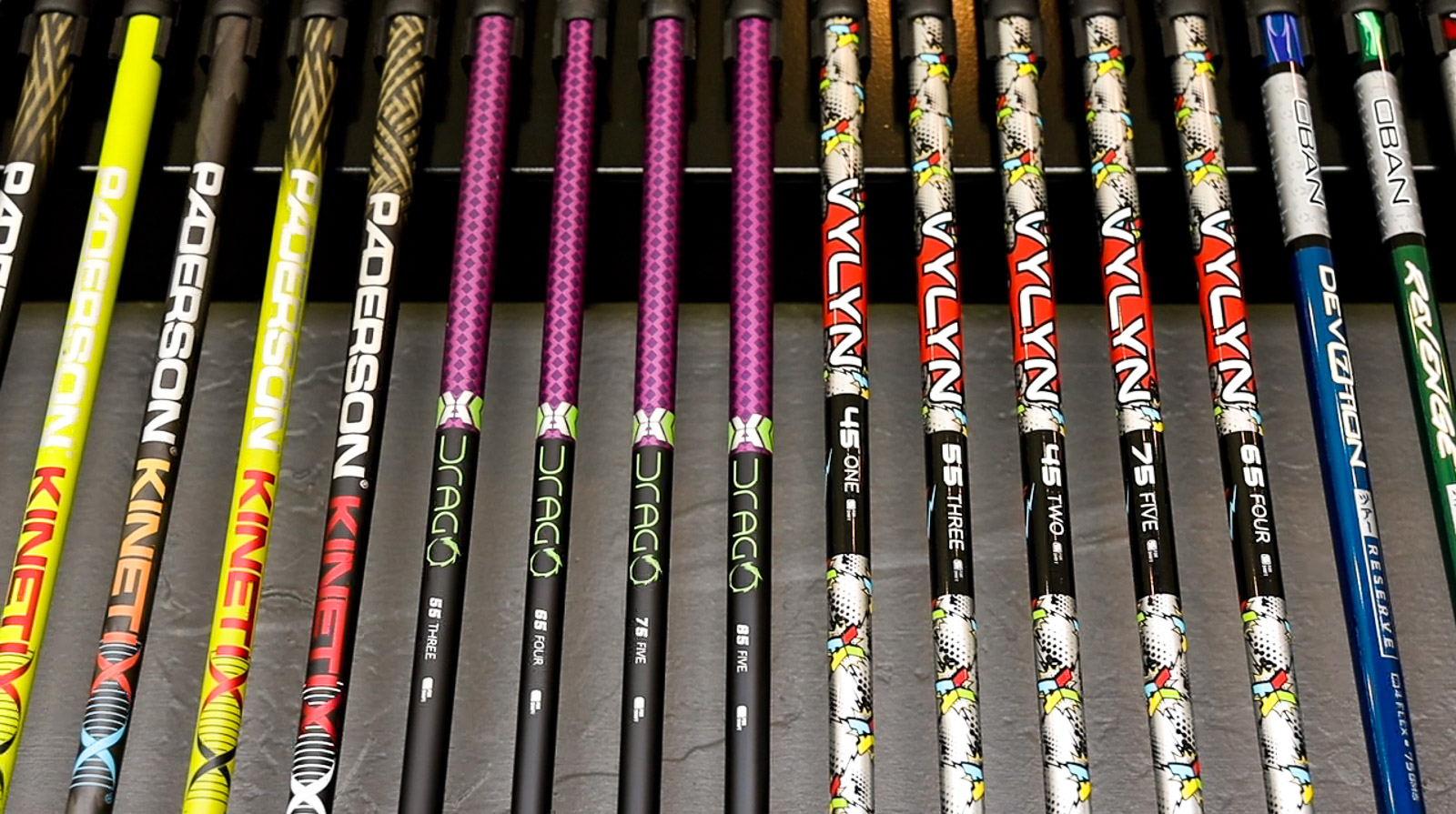
I’d been to True Spec’s flagship store in Midtown Manhattan and was blown away by the vibe of it all. But I knew doing my fitting out at Pronghorn would be a very different experience.
I’ve had at least half a dozen friends who have been fit at different True Spec’s across the country, and they all said the same thing: it’s the best club fitting they’ve ever had.
So I was excited to see if it lived up to expectations.
Biggest Difference Between True Spec and a Big Box Fitting
So I’ve done a fitting at Golf Galaxy before, and actually the day before I went to True Spec I went with a friend to see a fitting he did for new irons there.
And while the process was better than nothing, it really just equated to him banging a bunch of balls with some stock clubs – rather than truly figuring out what was best for his game.
There was little talk about the differences between shaft weights, and none considered for the variances within each shaft weight (more on that in a bit).
The biggest problem I’ve seen with some of these off the rack club fittings (and I’ve experienced it with ones I’ve done in the past), is often you have a sales rep of various degrees of knowledge, who also fancies themselves as an armchair coach.
If you’re a mid to high handicapper, and you’re not hitting it great in your fitting, the chances are your fitter has tried to give you feedback, pointers, or a lesson.
Cool, a free lesson!
But when you’re getting fit for clubs, the goal is to make your swing. The one that’s as repeatable as possible, so that when you actually get out on the course – you have the right tools for you.
Not to make a change at the store, get fit for clubs, and then have them be all wrong once you get back into your game.
While it’s certainly better than nothing and worth doing, the typical club fitting is not as custom as you’d like to be.
I didn’t realize just how true this was, until I experienced my fitting at True Spec.
The True Spec Fitting Process
Now I didn’t mean to rail too hard on the typical club fitting, but what I experienced at True Spec was very different than anything else I’d seen.
My fitting was done by Jason Owens, and from the moment I met him, I knew I was in good hands.
The dude clearly knows what he’s talking about. He’s worked at many of the best clubs in Oregon, and has won many awards as an instructor across Oregon and the Pacific Northwest.
I’m not going to lie, I’m not the most technical person in the world when it comes to equipment and numbers.
A lot of it is over my head, but Jason was able to explain the most fundamental components to clubs and fitting in a way that was clear, logical, and just made sense.
More than anything, I trusted him. I never felt like I was getting sold, and if within a couple shots if a club wasn’t working he’d immediately take it out of my hands.
A Quick Primer on Shaft Frequency
Even a marginal club fitting session should have you hit your current clubs so that you can get a baseline. What do your current numbers look like?
We did this, but I wasn’t prepared for just how far True Spec would go during this part of the fitting.
This became my introductory lesson to concepts like “Frequency,” “Puring,” and the true differences between shaft weights.
Let me give you a very brief overview of some of these concepts, because if you’re like me, you might have no idea the role they play in a fitting.
First off, frequency.
The goal of figuring out the “frequency” of your golf clubs is to make sure that your clubs are all matched to have the exact same stiffness, so that you have a consistent feel across all of your clubs.
By having it all be the same, you can improve your consistency and tempo – which obviously are about as important as it gets in the golf swing.
Frequency is measured in CPMs or “cycles per minute”. The higher the CPM the stiffer the shaft.
Figuring this out, isn’t exactly a simple process though. You need to have a frequency meter.
Essentially a hydraulic press holds your club grip, and then you flick the club and it registers how much it vibrates to get your frequency.
The frequency slowly goes up the shorter the clubs are, so for instance a driver is going to have a lower frequency than a nine iron.
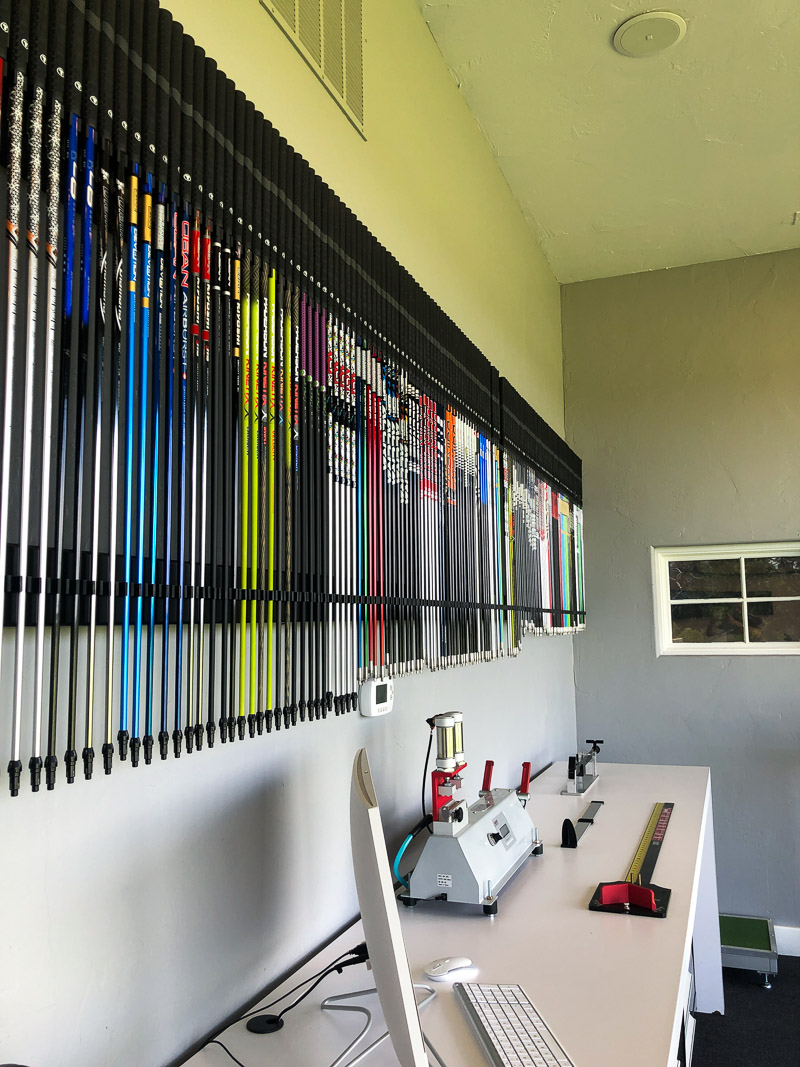
Not All Stiffs Are Created Equally
You might be thinking, “this sounds technical and doesn’t mean much for a player like me…”
I was feeling a bit the same way, until I went through the process and started to understand the level of variances within a club shaft.
In my head it was just “regular,” stiff,” extra stiff” and so on.
But as Jason described it to me, within that range, there are basically 10 rungs within each level of shaft flex (to put it in layman’s terms).
Let’s say your average regular, or stiff shaft is a 5 within it’s range. However based on the frequency of a club, your “stiff” might be closer to say rung 9, which is basically on the lower range of an “extra stiff.”
To see this in practice, we tested the frequency on my super old, Nike hybrid. It’s the last relic in my bag from my early days of golf.
It says regular flex.
But based on the frequency, it was actually playing on the high end of a ladies flex! Not regular, not even senior.
No wonder I struggle so much to hit it consistently.
The True Spec Blueprint
So as I started seeing this I began to realize just how much variance there is in shafts, and how important they are to your golf game.
As I was learning about these things, Jason walked me through what they call the “Blueprint”.
This is where he gathers everything he can about my current game, and my current club setup to start a baseline.
It was during this process that a lot of the shaft stuff we just talked about really started to sink in.
For starters he put my clubs on the frequency meter, and measured them to see how well they came to me out of the box.
Generally the frequency on my Mizuno irons were pretty good, and maybe playing a bit stiffer than expected. More surprisingly, we did find that my 8 iron was a quarter inch shorter than it should have been. These variances can be common when clubs are sent directly from manufacturers who build the clubs in bulk.
We spent a good half an hour just looking at my current clubs, talking about my game, and having me hit balls so he could get a sense of where I was at.
Previous fittings barely, if at all, looked at my current clubs.
The Actual Fitting Process at True Spec: Irons
Once I’d warmed up and we had my baseline, we started with the iron fitting.
We based everything off my 6 iron, and Jason chose half a dozen or so different heads that he thought would be a good fit for my swing style.
We started using the same 120gram shaft, which based on my swing speed made sense to start.
I proceeded to hit 3 balls with each on the Trackman 4 and we compared things like dispersion, carry, spin, height and so on to narrow down the clubs that made the most sense for me.
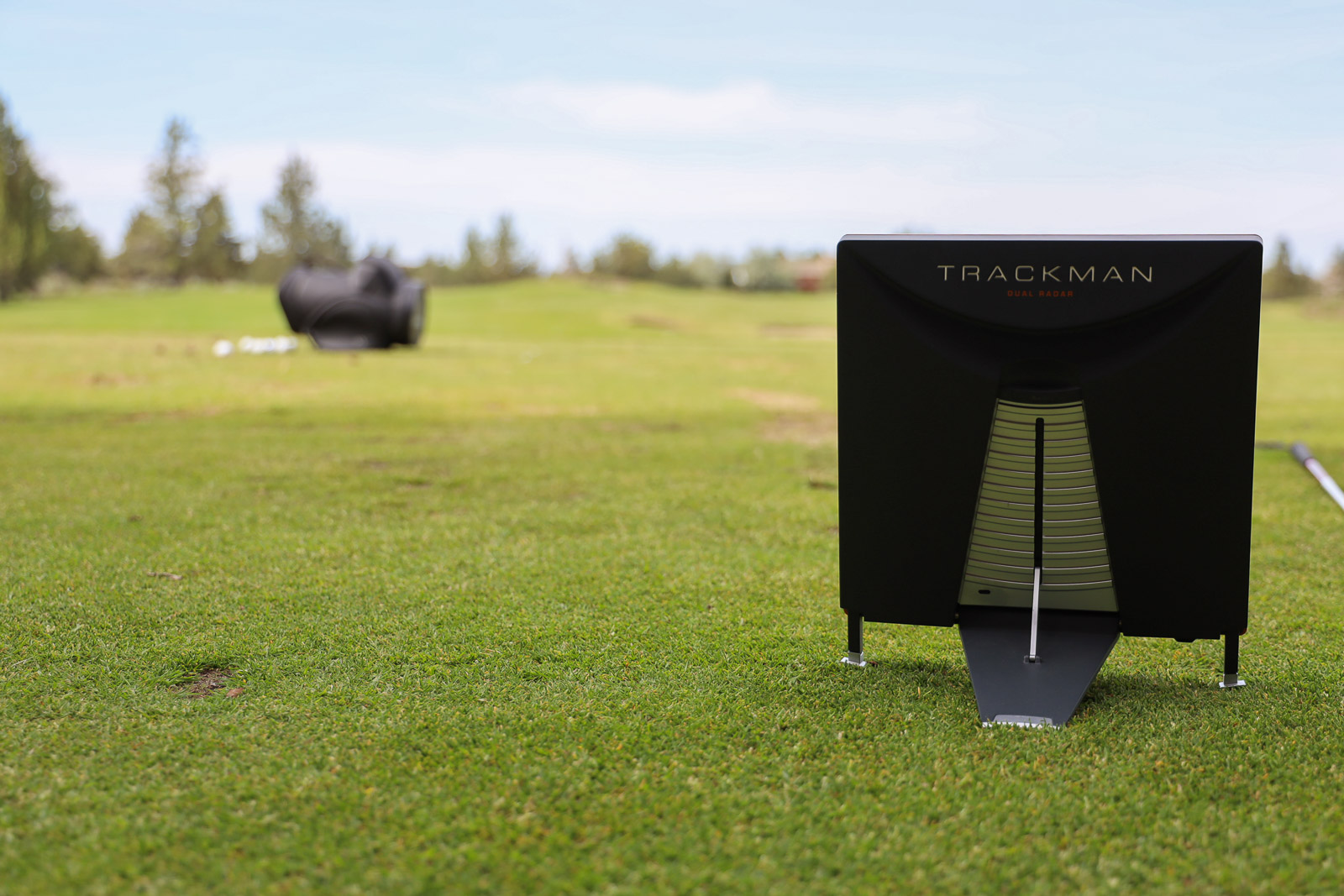
Let’s face it, most of us have egos. We’d rather play the players irons than big game improvement irons.
With me personally, my golf game is very sporadic and not consistent. I realize that this is kind of the name of the game with golf, but I can very easily go from a 78 to a 98 overnight.
My ego tells me I want players irons. My golf game tells me I still need something that’s borderline game-improvement.
We talked a lot about how the clubs felt, and looked at more than just the numbers, to make sure what the Trackman said was actually backed up by how things felt in my hands.
In the end after testing out irons from nearly every manufacturer, it was the Ping G710 that was the overwhelming favorite for my game. I hit them farther, straighter, higher, and with more consistency than my Mizunos.

Compared to my current setup:
Now part of this has a little bit to do with the Pings being a little bit stronger lofted, but there’s no denying that it felt better, I hit it higher (even with a stronger loft than the Mizuno), and that it inspired confidence in my admittedly ugly swing.
But we didn’t stop there.
Once we found the head that worked, we started looking at different shafts.
Despite my swing speed saying a borderline X stiff shaft was the right fit, my strong left to right (ahem, slice) bias showed that something a little lighter would help me with that and my consistency.
You simply don’t get this level of detail at a regular big box fitting. Previous fittings I’ve done have treated the shafts as an afterthought, and we didn’t spend much time with it.
You’ll often just get the OEM shafts. As I saw with my experience, the shafts can often make just as much, if not more of an impact than the heads themselves.
I never would have landed on this setup if it weren’t for going to a brand agnostic fitter. And more specifically having Jason walk me through the different irons we were looking at and helping me understand why it may or may not be right for me.
The Driver Fitting
I never actually got fit for my current Mizuno driver. It’s out of the box, and I generally like it. After all, I’ve been using it for 3+ years.
I was already pretty warmed up after the iron fitting, so I hit half a dozen shots with my current driver and then we started looking at the options.
We hit most of the popular new drivers, the Sim, the Mavrik, the Ping.
And again, it wasn’t the club I was expecting that we ended up with: The Mavrik.
It was longer and straighter than anything else, by a mile.
When it came to this part of the process one thing I appreciated was how he took into consideration where my game might be going.
I’ve got a huge slice right now that I’m working to fix.
One of the clubs we looked at was the Taylormade Sim D, which is a draw bias club – but it doesn’t have the adjustable weights for you to choose from.
I hit it ok, but we had a discussion about how that could hurt me down the road when I straighten out my swing. So we kept moving.
In the end after me consistently having the best results by far with the Callaway, we looked at shafts and dialed it in even more.
The result is a driver which inspired more confidence than any I’ve ever held in my hands before – with the shaft being what really put things over the edge.
As I mentioned above. I’m not a technical guy, and I’m not an equipment snob. But being able to feel the differences between the same club simply by changing out the shaft was a pretty eye-opening experience for me.
The SST Pure Process
Throughout this whole experience, I was introduced to a process I wasn’t familiar with called SST Pure.
Now, this is where for me, I started to wonder “ok, how much of a difference will this actually have on my game” – but the logic makes sense.
Have you ever felt two clubs with supposedly identical shafts, but one feels better than the other?
This could have to do with your shaft alignment.
Golf shafts aren’t perfect. Every shaft is going to have small differences or irregularities in it. Because of this, each club has an ideal shaft alignment where you’re going to get the most consistent performance out of the club.
The company SST developed an elaborate machine to help you figure out the best alignment for a shaft. The call it the “Pure” process.
It was interesting to watch in person the difference between a shaft that has been “Pured” vs. one that hasn’t.
For instance, if you put a club on the frequency meter to hold it in place, and then flick it side to side, the un-pured club will eventually start rotating in circles. One that has been Pured for correct alignment will continue just moving back and forth.
So what this process does, is it finds the most stable orientation for each shaft – so that it plays consistently across your range of clubs.
Nearly everyone who orders through True Spec chooses to do this process. Even seeing the variances in my own irons was pretty interesting.
I couldn’t tell you how much of a difference this actually makes for a golfer like me, but it all makes logical sense.
Is True Spec Right for You?
Obviously I had a good experience with my True Spec fitting. It was educational, informative, and it has given me full confidence in the right clubs for my game.
I was completely clueless when it came to frequency, shaft orientation, and differences between generic titles like “stiff” or “regular” flex.
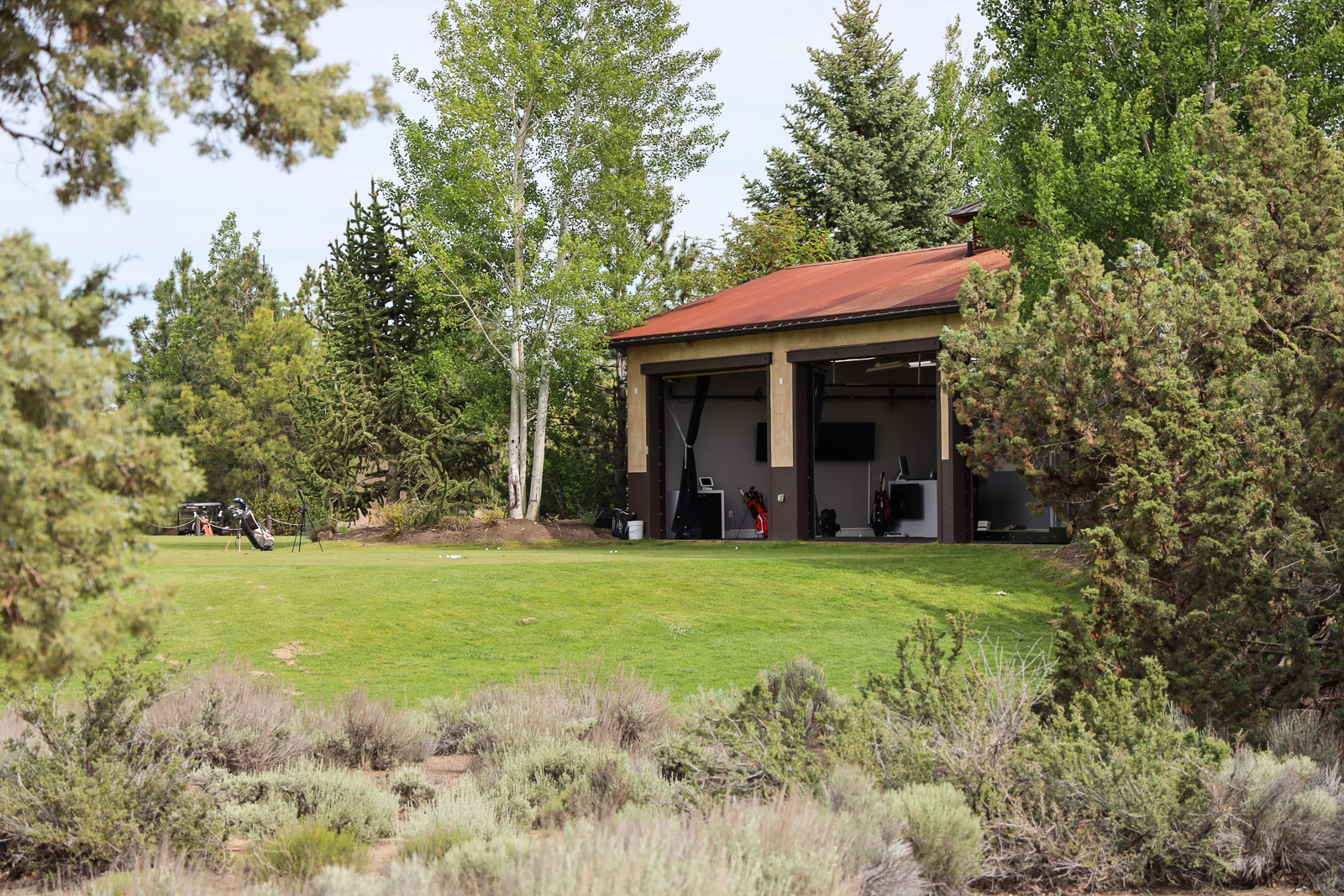
This was my first look into what an elite fitting process looks like – the kind the pros go through.
But is it for everyone?
No, it isn’t.
If you only play once or twice a month, don’t take golf that seriously, and are just out to have a good time? This process will be total overkill for you.
If cost is an overwhelming factor for you, then this won’t be the right option for you either.
True Spec isn’t cheap.
Just the fitting itself goes for around $350.
But when you factor in retail prices for clubs, after market shafts, the Pure process – it gets expensive quickly.
And I truly believe you get what you pay for .
It’s kind of like buying a car. If you just want something to get you from point A to point B a $20k Hyundai could be a great option.
If you want peak performance and want all of the little details considered to ensure your driving experience is as good as it can possibly be, then that Hyundai won’t cut it. You might want, say a Porsche 911.
True Spec is the equivalent of that Porsche.
Why True Spec is Worth It
That said, it’s probably worth it for more people than you think on the surface.
Let’s say you buy a set of clubs online, or at Golf Galaxy and spend $1200.
You’re getting clubs that are going to have a lot of variances in them. Alignment, length (as I learned with my current set), frequency – it’s all being left up to chance. They could be perfect – or they could be very inconsistent.
But if after a month and 4 rounds of golf, you hate them? You’re basically on your own.
If you do this same fitting at True Spec, you’ll have more options. Not only will you make sure you’re getting the correct length, the right shaft for you, and the correct shaft alignment through the Pure process – but you’ve got an insurance policy.
You might spend $500-1,000 more on the whole process than you would buying them off the rack.
But not only will you know you’re getting exactly what you were fit for – if they don’t work, the team will work with you to get it right. Maybe this means another session on the Trackman, maybe it means making adjustments to the clubs, or getting you into something else.
True Spec will make sure you’re thrilled with your clubs, and will work with you to make sure you’re happy.
Good luck getting that from Amazon.
For something as personal as your golf clubs, to have someone on your side to give you that peace of mind? That’s worth paying a premium for in my book.
Especially if you’re a competitive golfer, or someone who plays 50+ rounds a year.
But What if Cost is Still an Issue?
One thing I thought was kind of cool about True Spec is when they give you your “prescription” they can enter in details as 3, 2, or 1 star. Or essentially: Best, Better, Good.
So let’s say the absolute best shaft for your new irons is an Oban that are $90 each, whereas there was a KBS that was $45 each that wasn’t quite as good, but still a solid fit.
They can mark these details, so that when you get the final quote, you can adjust based on price as necessary. You’ll have tested a LOT of options, so you’ll often have multiple good options.
One star is regular OEM shafts, so that’s an option as well.
The bottom line is that while it can be a very expensive process, if you are a bit more budget friendly, they’ll provide options for you.
Pronghorn x True Spec
I imagine the True Spec fitting process is going to be very similar no matter which of their 21 locations you go to (and they have more opening soon).
But for me, I went to the only one they have in the Pacific Northwest which is at Pronghorn resort.
Now, if you’ve never been to Pronghorn I have one word for you: GO.

The high desert resort is incredible. It’s one of the few public resorts I’ve been to that gives you the feeling of being at a private club (although, one of their courses is private and only open to very limited resort play).
Playing the Top 100 Public Nicklaus course back in 2013 was my first experience playing a truly world class golf course, and Breaking Eighty wouldn’t be here in this form today if it weren’t for that round.
If you decide to do a fitting at True Spec in Bend, do yourself a favor and stay a night, play a round or two of golf, enjoy the insane practice facility, and soak it in.
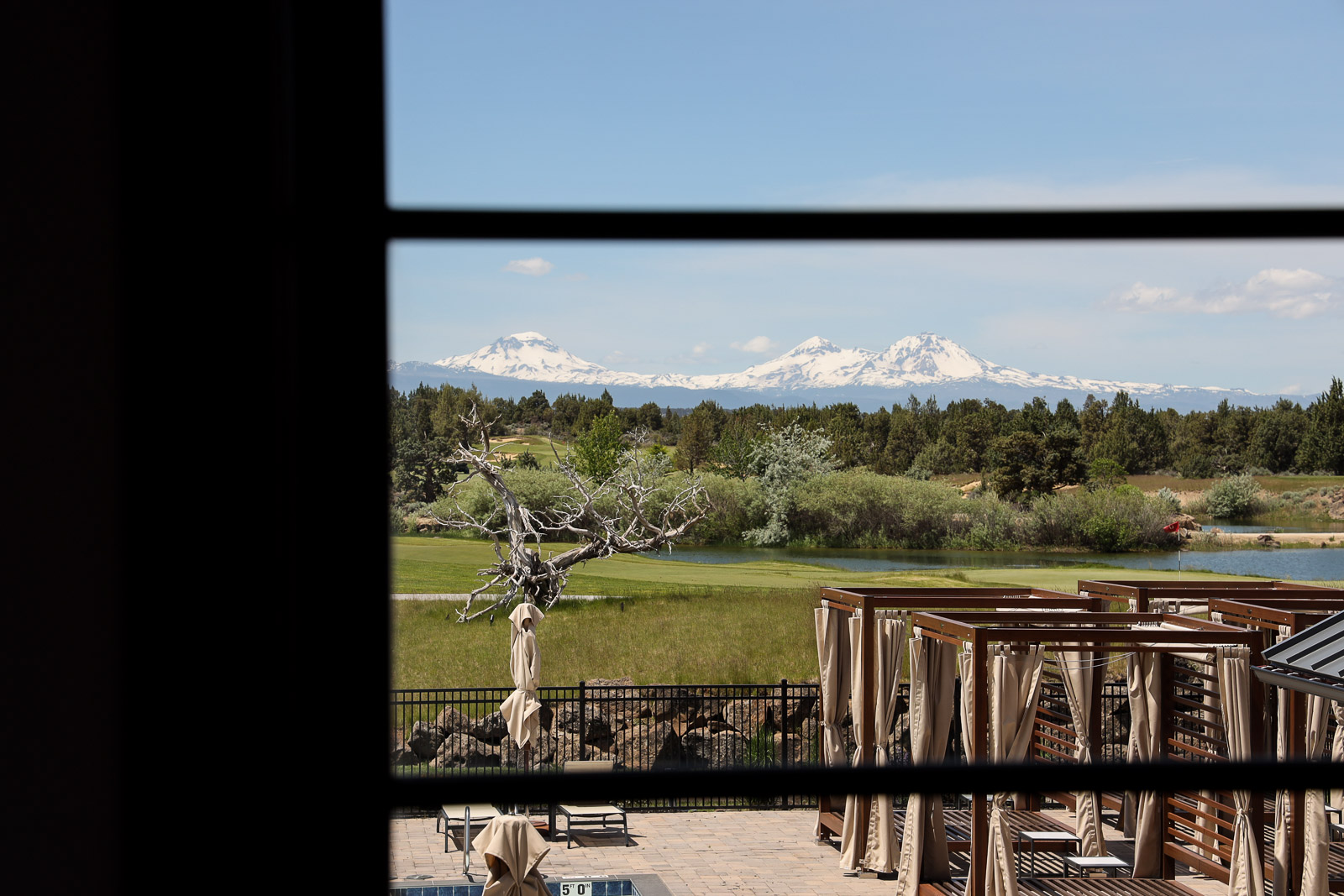
This most recent trip for my fitting was only 24 hours – but it equated to one of the best days I’ve had in the past year.
I’ll be posting more about the Pronghorn experience shortly.
But check out True Spec Golf if you’re interested in learning about how to schedule a club fitting of your own.
.
Disclaimer: My True Spec fitting was complementary, but all thoughts are completely my own. I realize this was a particularly glowing review, but as someone who has been in the golf industry for the better part of a decade, it’s not often I have an experience as positive as I had here. This both from an educational standpoint, and a results standpoint. I truly believe this is one of the best golf club fitting experiences you’ll have anywhere.


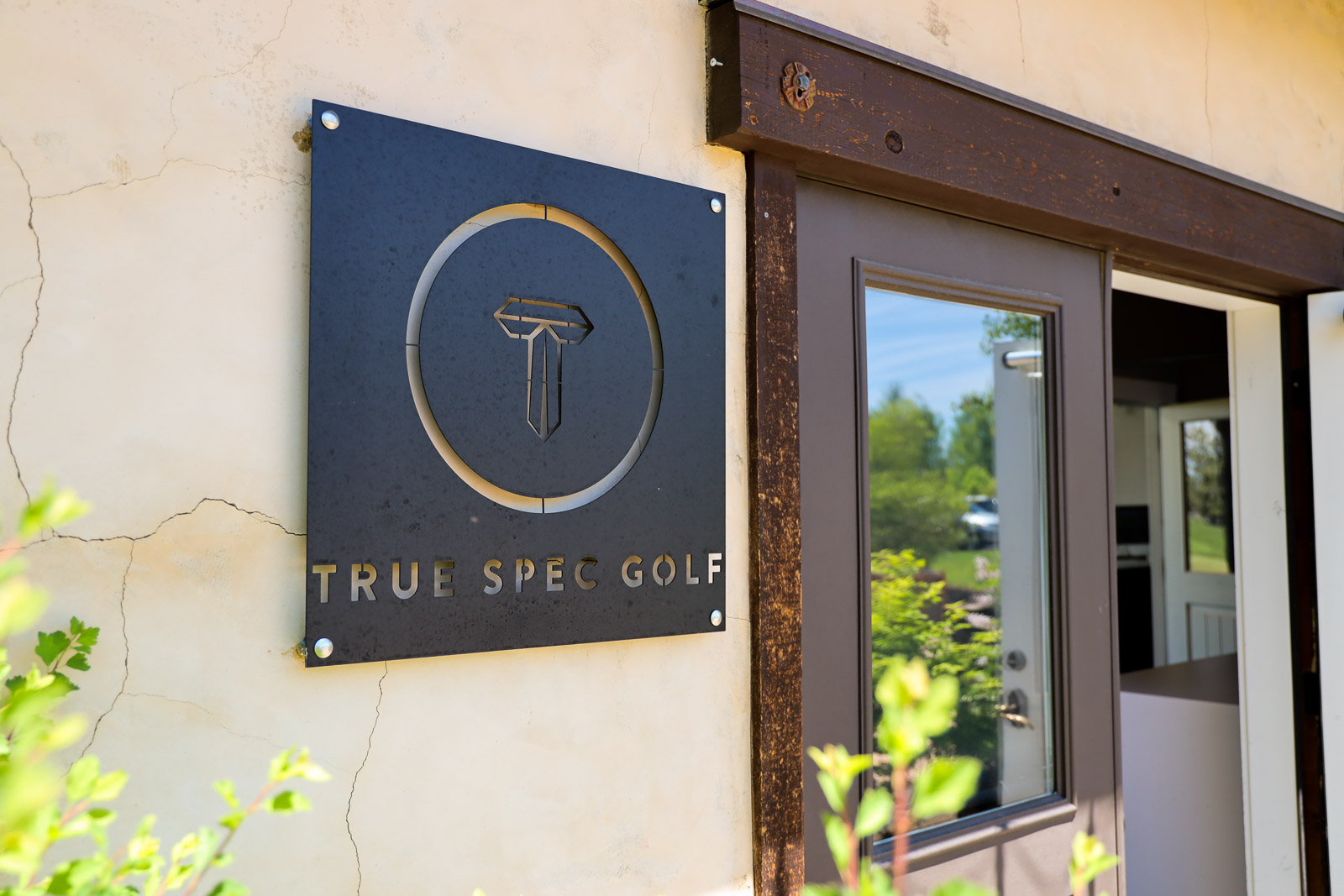

6 Comments
Great review, Sean. Very thorough. I especially liked learning that there were options to choose from a range of good-fitting shafts so that you have some control over the final price. I had always feared that you’d get fit, get your read-out of what was recommended for you and then be “stuck” with the price. That led me to being skeptical of the process, like I may be upsold unnecessarily.
Thanks for the great information.
Marc
Just curious..whats your handicap Sean?..im asking because im about 22-23..was wondering if a fitting like this would be worth it for me
I’m a 9 right now. I think a fitting in general will absolutely be helpful. I don’t think a lot of people realize how much properly fit golf clubs can help improve your game.
Hey Sean, I’m about a 20-25 handicap and can only play 5 or so rounds every season (young kids). My main interest in getting fitted is to understand if the lie angle on my irons are off since I am a shorter golfer.
My questions is, I’ve never taken a “real” golf lesson and was curious if you’d recommend lessons first before getting fitted for irons or the other way around. Thoughts?
Absolutely John. It’s actually going to be more valuable for the mid to high handicapper as they don’t have the experience to make it work regardless that a low handicap will have.
I’ve dropped at least 6 strokes, going from high to low teens in the 2 years I’ve had mine.
Pingback: Can Ladies Be Fit at True Spec Golf? - True Spec Golf